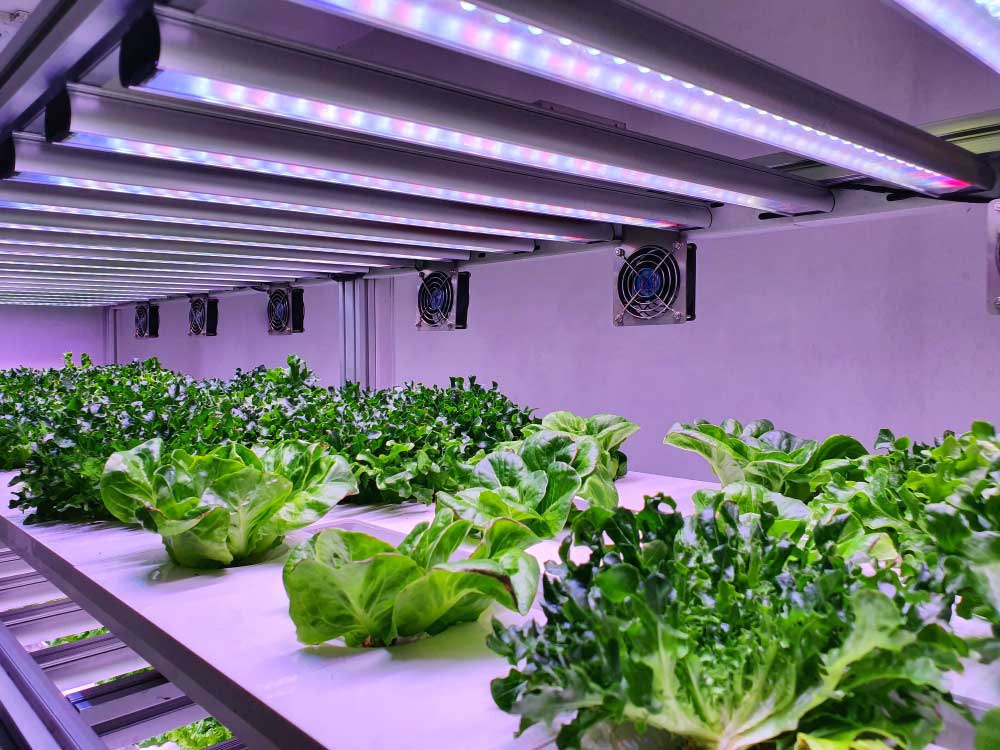Table of Contents
Growing healthy, vibrant plants indoors has never been easier, thanks to LED grow lights. These energy-efficient, long-lasting lights provide the perfect spectrum for plants at every stage of growth, making them a game-changer for home gardeners and commercial growers alike. Whether you’re cultivating herbs, vegetables, or flowers, the right LED grow light can boost yields, save energy, and create the ideal indoor growing environment. In this guide, we’ll break down everything you need to know—from choosing the best model to maximizing efficiency—so you can grow like a pro!
What Are LED Grow Lights?
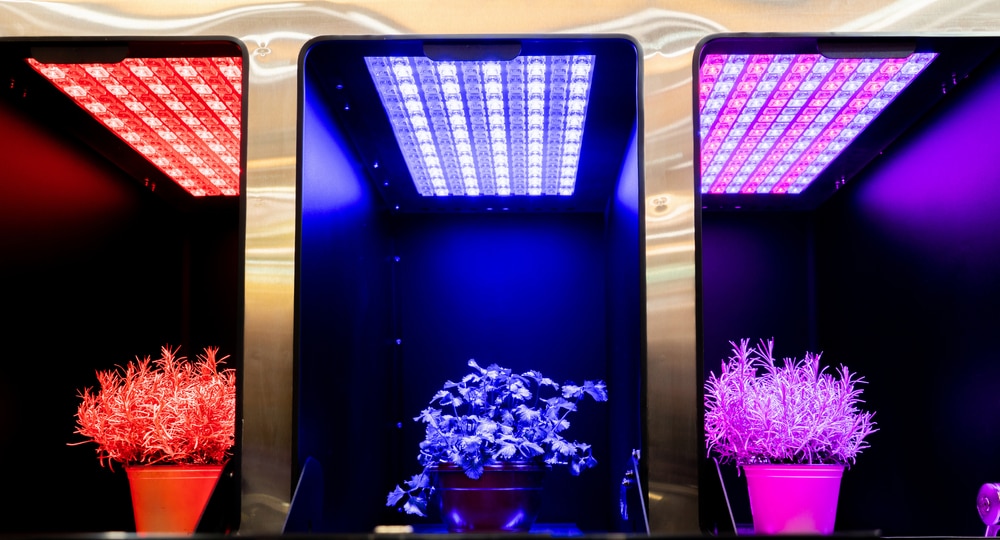
LED grow lights are artificial light sources designed to mimic sunlight, providing the necessary spectrum for plant photosynthesis. Unlike traditional High-Pressure Sodium (HPS) or Metal Halide (MH) lights, LEDs (Light Emitting Diodes) are highly efficient, producing minimal heat while consuming less power.
How Do LED Grow Lights Work?
LEDs generate light when an electric current passes through a semiconductor. Manufacturers design LED grow lights with specific wavelengths to optimize plant growth, ensuring plants receive the necessary blue and red light spectrums for vegetative and flowering stages.
Advantages of LED Grow Lights
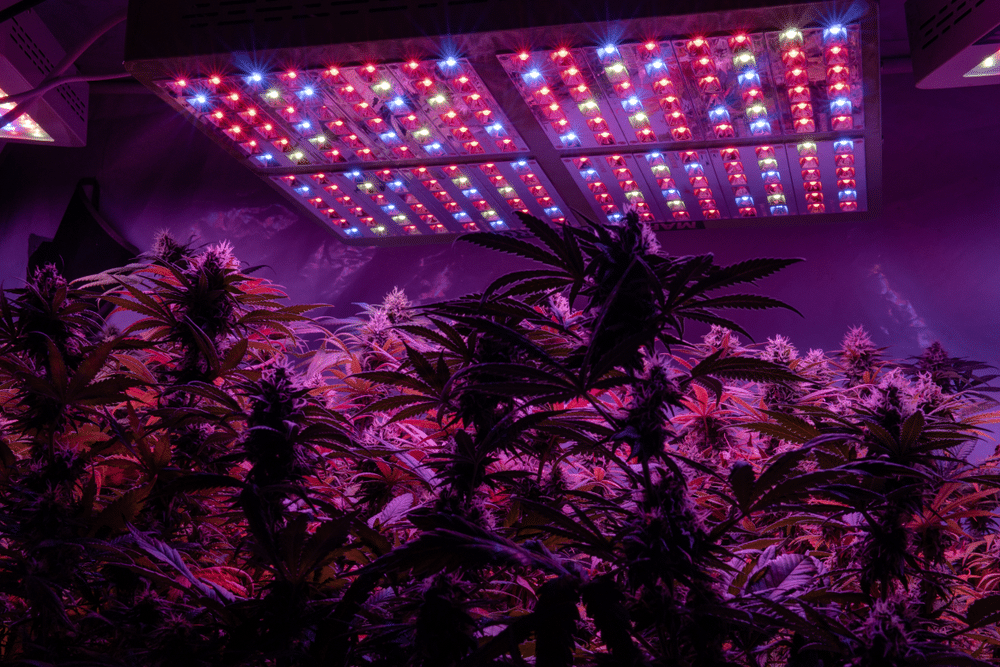
LED grow lights offer numerous advantages, including energy efficiency, long lifespan, low heat output, and customizable light spectrums, making them an ideal choice for indoor gardening.
Energy Efficiency
LEDs consume significantly less energy compared to HPS or fluorescent lights, reducing electricity costs while maintaining high performance.
Long Lifespan
A high-quality LED grow light can last between 50,000 to 100,000 hours, making them a cost-effective long-term investment.
Low Heat Output
Unlike HPS lights, LEDs generate minimal heat, reducing the risk of burning plants and allowing them to be placed closer to foliage without damage.
Customizable Spectrum
Modern LED grow lights come with adjustable spectrums, allowing growers to fine-tune light settings for different growth stages.
Compact & Space-Saving
LED panels are available in various sizes, making them suitable for both large-scale operations and small indoor gardens.
Types of LED Grow Lights
There are several types of grow lights, each designed to meet different plant growth needs.
Full-Spectrum LED Grow Lights
- Provide a balanced range of light wavelengths, mimicking natural sunlight.
- Suitable for all plant growth stages.
- Ideal for commercial and home growers.
Red & Blue Spectrum LED Grow Lights
- Specifically designed for vegetative and flowering stages.
- Blue light (400-500 nm) supports leaf growth, while red light (600-700 nm) enhances flowering.
COB (Chip-on-Board) LED Grow Lights
- Feature multiple LED chips on a single module, providing high-intensity lighting.
- Suitable for professional growers looking for deep light penetration.
Quantum Board LED Grow Lights
- Utilizes multiple diodes spread over a large board for even light distribution.
- Highly efficient and ideal for large grow tents or indoor gardens.
Bar-Style LED Grow Lights
- Consist of multiple LED bars placed in a linear pattern, offering uniform light spread.
- Commonly used in vertical farming and commercial operations.
How to Choose the Best LED Grow Light
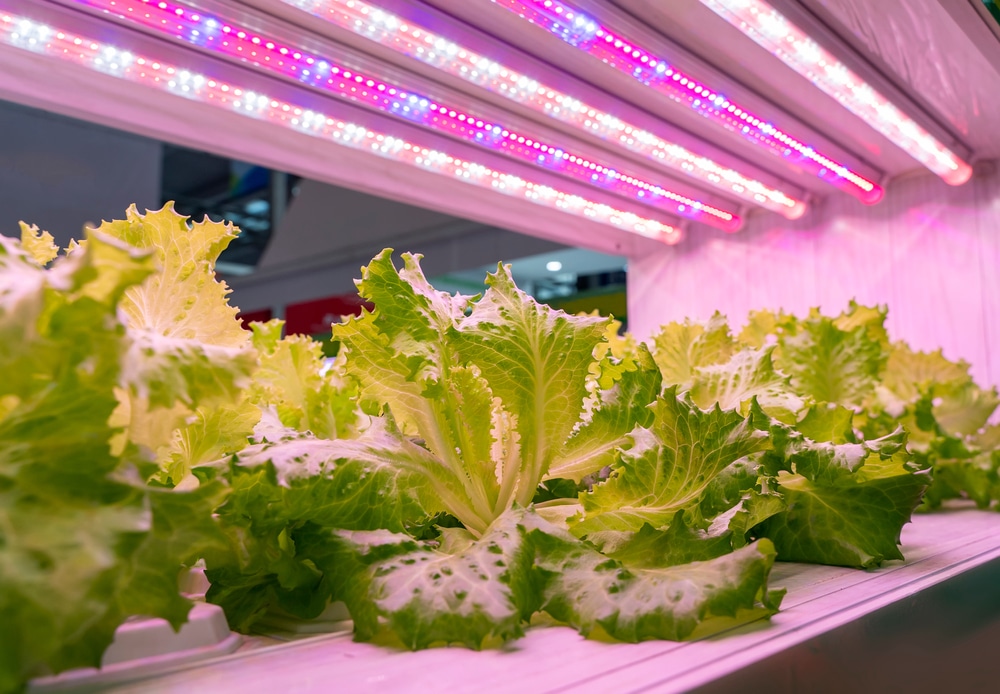
Choosing the best LED light is essential for maximizing plant growth, ensuring optimal light spectrum, and improving energy efficiency. Whether you’re growing vegetables, flowers, or herbs, selecting the right LED grow light depends on factors like wattage, coverage area, spectrum, and cooling system.
Consider the Plant Type
Different plants require different light intensities. Leafy greens like lettuce thrive under lower intensity, whereas flowering plants need higher intensity.
Light Spectrum
A full-spectrum LED grow light is ideal for all growth stages. If you want targeted growth, opt for spectrum-adjustable lights.
Wattage & Coverage Area
- Measure your grow space and match it with the LED’s coverage area.
- A general rule: 30-50 watts per square foot for flowering plants.
4.4 Cooling System
Choose an LED light with an effective cooling mechanism (e.g., aluminum heat sinks or built-in fans) to prevent overheating.
4.5 Brand & Warranty
Reliable brands like Spider Farmer, Mars Hydro, Viparspectra, and HLG offer durable products with warranties ranging from 3-5 years.
Setting Up LED Grow Lights for Maximum Efficiency
Setting up grow lights correctly is crucial for maximizing plant growth, ensuring optimal light distribution, and preventing issues like light burn or inadequate exposure. Follow these key steps to achieve the best results in your indoor garden.
Determine the Right Height
- Seedlings: 24-36 inches above plants
- Vegetative Stage: 18-24 inches
- Flowering Stage: 12-18 inches
Adjust the Light Schedule
- Seedlings & Clones: 16-18 hours of light
- Vegetative Stage: 18-20 hours
- Flowering Stage: 12 hours (for photoperiod plants)
Monitor Light Intensity
Use a PAR meter to measure light intensity in μmol/m²/s and ensure your plants receive the optimal amount of light.
5.4 Use Reflective Materials
Maximize light efficiency by using mylar sheets or white walls to reflect light back onto plants.
Common Mistakes to Avoid
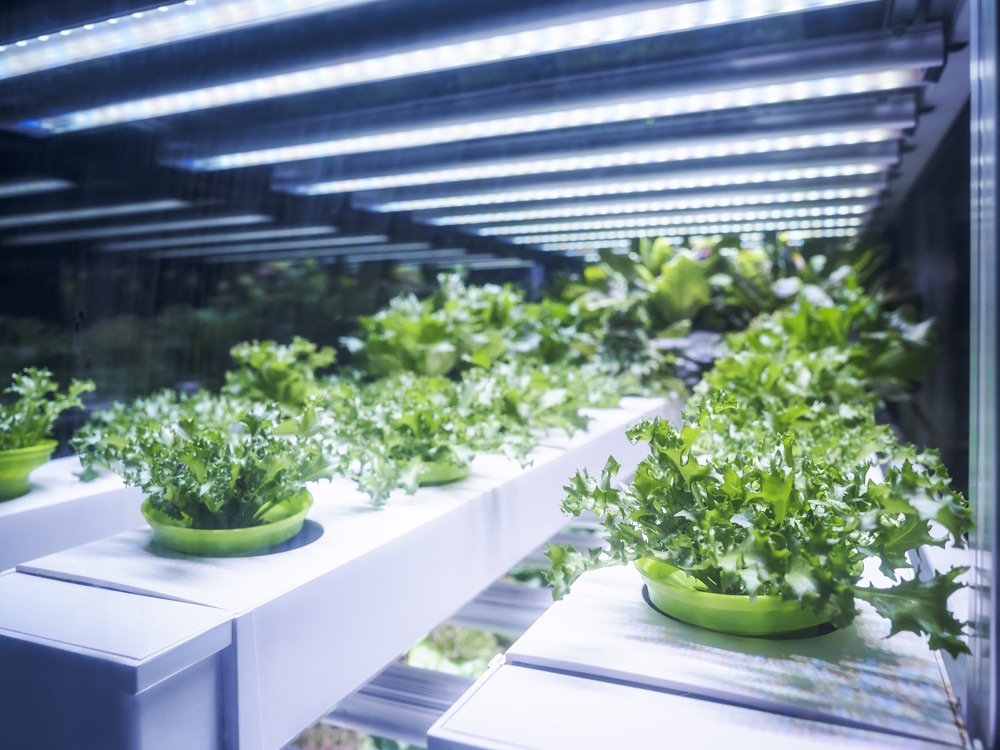
Avoiding common mistakes when using grow lights is essential for maximizing plant health and growth. Here are some frequent errors growers make and how to prevent them.
Placing LEDs Too Close or Too Far
Too close can cause light burn, while too far reduces effectiveness.
Overwatering Due to Lower Heat
Since LEDs produce less heat, plants require less water compared to HPS setups.
Using the Wrong Spectrum
Make sure you switch to a flowering spectrum when transitioning from vegetative growth.
Ignoring Heat Management
Even though LEDs generate less heat, proper airflow and ventilation are still essential.
Conclusion
LED grow lights are a game-changer in indoor gardening, offering efficiency, longevity, and customizable lighting options. Whether you’re a hobbyist or a commercial grower, investing in the right LED light can significantly improve plant growth and yield. By considering factors such as spectrum, wattage, and setup, you can create the perfect indoor garden for thriving plants year-round.


